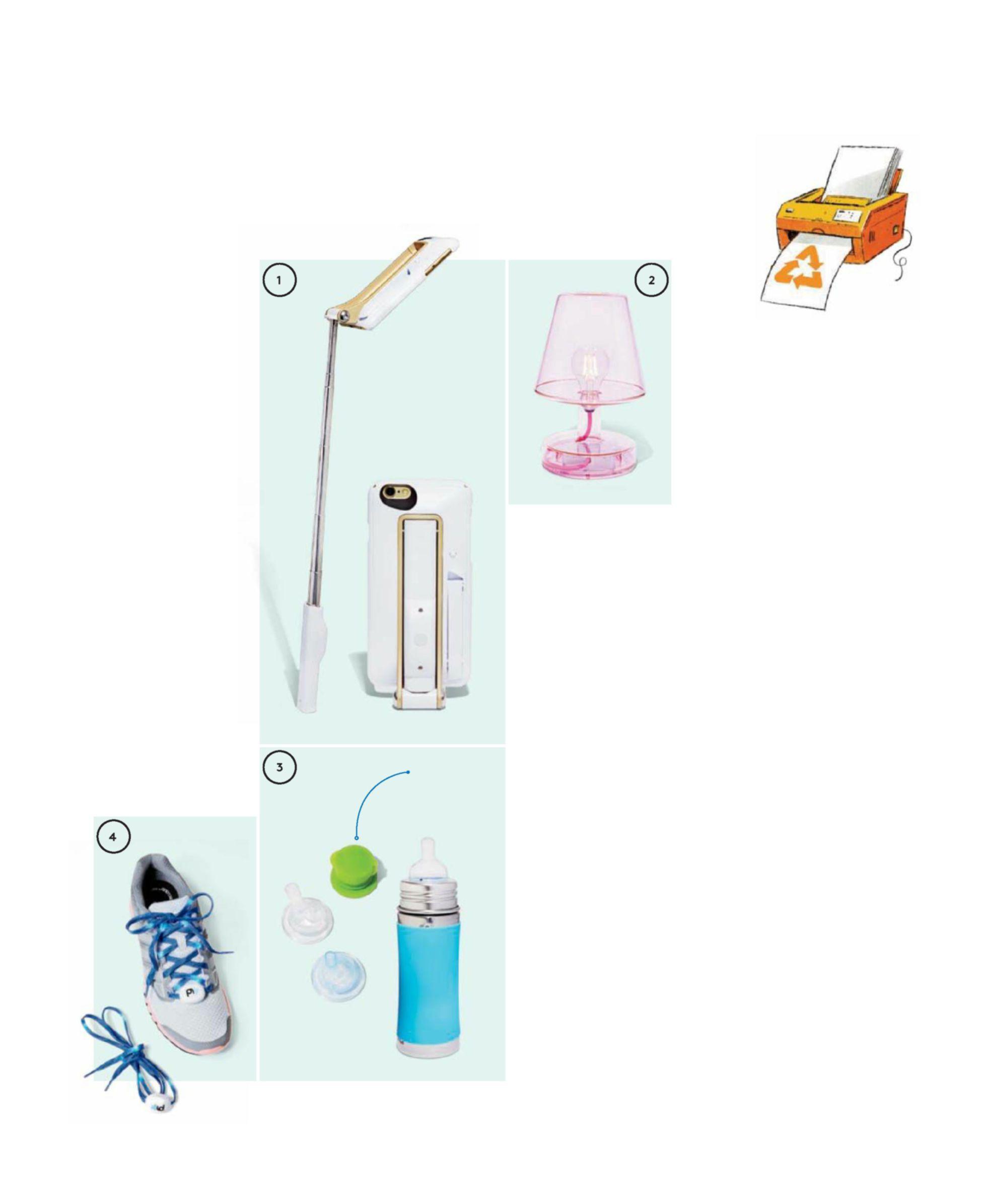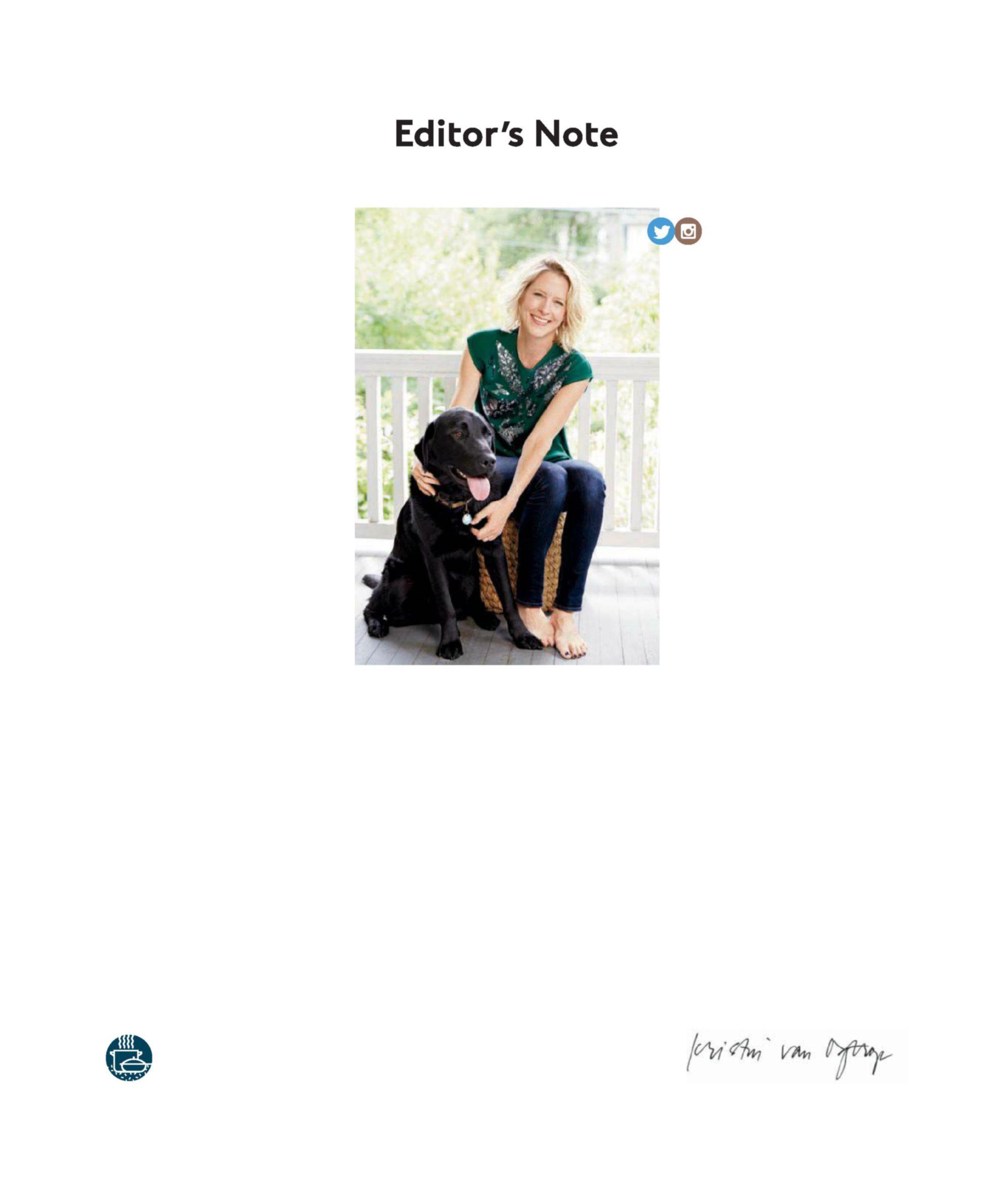TECH SUPPORT Experts weigh in on common screen scenarios. Your eight-year-old plays multiplayer online roleplaying games, but you’ve heard creepy stories of adults soliciting kids through the games’ chat apps. “Play each game at least once” so you know what you’re dealing with, “and tell your child that he must get your permission before engaging with any other gamer,” says Melanie Hempe of Families Managing Media. Have a talk about online dangers; find age-appropriate tips at safetynet.aap.org. Your 12-year-old is miserable because she’s the only one at school without a smartphone. “This won’t make me popular, but kids under 15 aren’t developmentally equipped to handle smartphones any more than they are to drive cars,” says Hilarie Cash, Ph.D., a coauthor of Video Games & Your Kids: How Parents Stay in Control. But let’s face it—we’re giving our kids phones. And when we do, Cash suggests cowriting a contract for reasonable use: “Kids are more likely to comply with something they cocreate.” For help drafting a contract, see irules.co. Your teen is extremely irritable and moody— you think it’s too much screen time. Implement an electronic fast—and consider joining your child in this adventure (!). Adolescent psychiatrist Victoria Dunckley offers guidelines at ResetYourChildsBrain.com.
struggling. As Jill*, 16, a precocious California high school sophomore, explains, “Tumblr is where you show the side of yourself you don’t want your parents and people at school to see.” Jill’s middleschool experience in one word: “Awful.” She was “a Goody Two-shoes with no social awareness,” who was shy and lonely. At home, she clashed with her family. “They thought I was just being 13,” she says. “But I was depressed. I self-harmed a lot. I still have scars all over my wrists.” Jill started a Tumblr devoted to her passion at the time, Japanese anime, then one day searched “#depressed, #harm” just to see “what was out there.” What she found was an endless feed of images and quotes that seemed to spring from the darkest corners of her own imagination: arty photos of gaunt young women, GIFs of edgy teen actresses voicing (in subtitles) things she couldn’t; and 20-point Helvetica half-thoughts like “Because why would someone like you ever choose someone like me?” Then there were the graphic shots of bleeding cuts and angry scars, the song lyrics about overdosing, the reblogged suicide notes. “Looking at it was like relating: They have scars, and I have scars. It was almost hypnotic—and comforting in a strange way,” says Jill. Over the next six months, she returned to Tumblr’s depression and self-harm blogs dozens of times. But gradually, she says, “I realized that the more involved with that community I got, the worse I felt.” Impressively, Jill eventually shifted her focus from self-harm and depression blogs to apps like Instagram and Snapchat, which, despite their own booby traps, promote engagement with real-world friends rather than strangers. Ideally, all kids would recognize that steeping themselves in unhealthy images and mantras is more harmful than therapeutic. But, of course, the adolescent brain, with its still developing prefrontal cortex, has little capacity to play the tape forward. In 2012, a British teen, Tallulah Wilson, jumped in front of a train after becoming immersed in Tumblr’s self-harm community. In an open letter, the girl’s mother wrote that her daughter had “entered a world where the lines between fantasy and reality became blurred. It is every parent’s worst nightmare.” She pleaded with Tumblr to remove the sorts of blogs she believed may have triggered her daughter to take her own life. Tumblr did not comply. When asked why such blogs are still flourishing, the company’s counsel and director of trust and safety, Nicole
Blumenfeld, responded: “There is the dark side of all of this, but there is also the side where people are reaching out and helping and supporting one another. So, while we do remove some content that users flag as triggering, it isn’t going to solve any of the underlying problems as to why someone is posting that content. And that’s why we like to couple it with trying to do more proactive stuff.” Last year, her small team launched Post It Forward, a campaign to destigmatize mental illness and promote wellness, and the site floods at-risk users with PSAs and crisis-hotline numbers. Independently, Tumblr users have created Tumblr Suicide Watch, which encourages bloggers who notice any suicidal posts to report their findings and offer help. Despite efforts like these, vulnerable young people continue to be triggered by the proliferation of self-harm, pro-anorexia, and “thinspiration” communities online, says Jamison Monroe, the founder of Newport Academy, whose centers offer treatment for depression, trauma, adolescent substance abuse, and problematic Internet use. He stresses that these online nexuses are unlikely to promote dangerous behavior in mentally healthy teens, who may only view them out of curiosity and a need for connection. Still, that may be of little consolation to the parent who has just stumbled upon her daughter’s self-harm blog. What should a mother do? Advises Monroe: “Talk to your child, calmly, about what you’ve seen, and don’t be afraid to ask the hard questions. Has she ever self-harmed? Thought about suicide? Then listen, but don’t try to figure this all out by yourself. Talk to a therapist. It’s not about infiltrating their personal lives— it’s about staying involved.”
* NAME HAS BEEN CHANGED FOR PRIVACY.
SEPTEMBER 2016
160
REALSIMPLE.COM






















